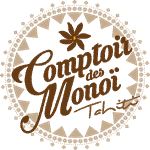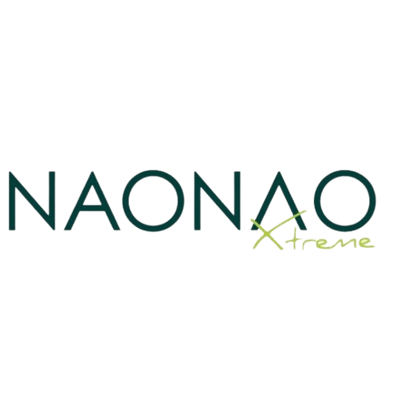
| Ylang-Ylang | |
|
With its beauty and its properties, Ylang-Ylang is called the «Queen of Flowers». This plant comes from the Philippines and was introduced in 1909 in the Comoros archipelago, which also became the largest ylang-ylang producer. The Arms of Mayotte are also two Ylang-ylang flowers on the central shield since 1982. But it also grows in the entire Indian Ocean and in eastern Polynesia, where the Ylang-Ylang, locally called Motoï, was introduced in the 18th century. The Ylang Ylang produces yellow flowers which fragrance is sweet, warm, floral and terribly exotic. |
Some people describe it as heady. From these flowers, we extract by distillation the precious essential oil which medicinal and cosmetic qualities have widely been recognized: anti-stress, relaxing and aphrodisiac, it is also a tonic for skin and hair care. The aroma was made famous in 1926 by Coco Chanel with the perfume “Bois des Iles” and in 1938 by Patou with “Joy”. It is today in the basic notes of many perfumes. |
|
CULTIVATION The multiplication occurs by seeds or cuttings. Its growth is fast. We have to wait for three years after planting the tree to see the first flowers grow. The quality of the oil lies in the selection of flowers, and the speed of collection and their transformation. As the Ylang-Ylang flower exhales its fragrance at night, it is harvested at night until dawn. Picking flowers is a delicate task because the flowers must be detached with the utmost care and placed in baskets to prevent them from damage. They will then be distilled in the traditional way, immediately after collection,
|
USES Current uses The Ylang-ylang essential oil has a thousand virtues, in both cosmetic and medicinal fields. Traditional uses In Polynesia, men and women like to wear one or two of these flowers on the ear. Polynesian people plait crowns and necklaces with ylang-ylang flowers. The Marquesas women use it to make their love potion called Umuhei. |




